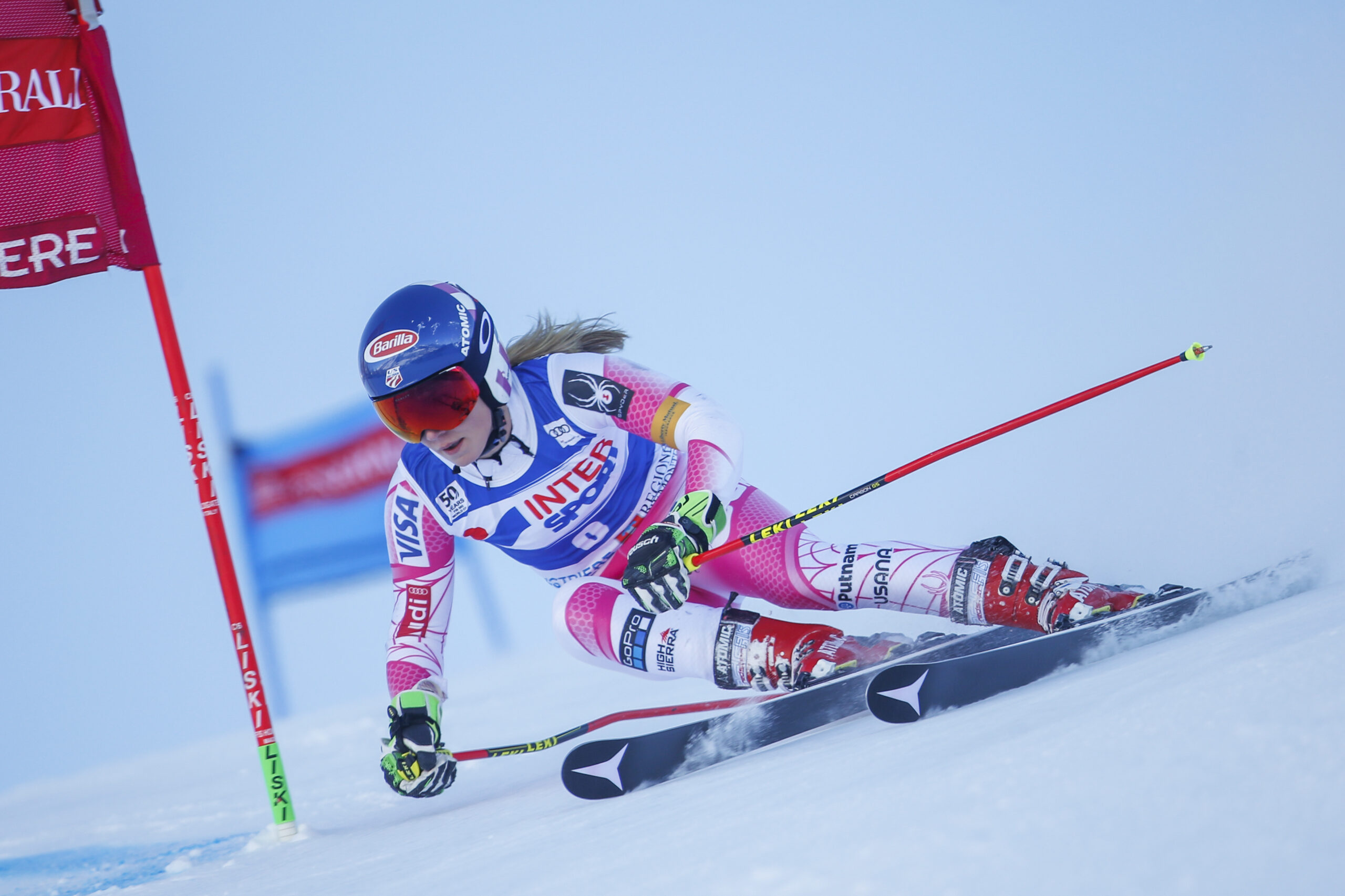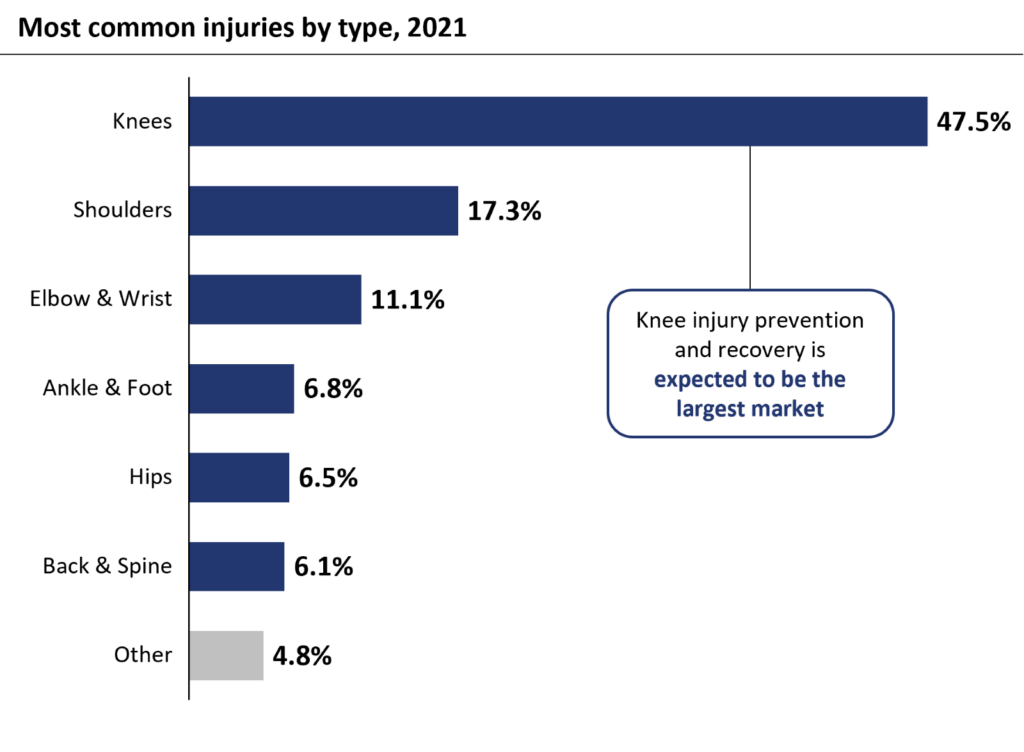
The remarkable comeback of Mikaela Shiffrin, a world-renowned ski racer, culminated in her achieving a 100th World Cup victory. This milestone is significant as it comes just months after she suffered a severe crash that required surgery. Shiffrin’s journey back to the top highlights her physical resilience, the advanced rehabilitation techniques employed, and the support from her coaching and medical teams. Her story exemplifies how innovative recovery methods can lead to triumphant returns in professional sports.
There are many examples of top athletes who have suffered devastating injuries at the peak of their careers. Yet, many manage to return even stronger. What factors contribute to such remarkable comebacks? Is it their physical resilience, the advanced rehabilitation technology they use, or the supportive environment created by coaches and medical teams? Could it be unwavering mental strength that leaves them with no choice but to fight their way back?
In reality, it is a combination of all these factors that drives successful recoveries. Unsurprisingly, the global sports medicine market is expanding rapidly, fuelled by rising athlete demands, technological advancements, and a growing emphasis on injury prevention.
Valued at billions of dollars, this industry encompasses everything from regenerative therapies and wearable technology to biomechanics and AI-driven rehabilitation programs. As elite sports continue to push the limits of human performance, sports medicine is evolving, shaping the future of athletic recovery and longevity.
The global sports medicine market is expected to grow to $13bn (+$4bn) in an upside scenario over 2024-2030
The global sports medicine market is projected to grow at a CAGR of 7% between 2023 and 2030. But what does this market encompass? Sports medicine includes a wide range of medical products and services designed to prevent, treat, and aid recovery from sports-related injuries. These treatments can be both surgical and non-surgical, addressing the full spectrum of an athlete’s needs.

The market is driven by changes in attitudes towards proactive (rather than reactive) injury management, and increased investment into innovation for minimally invasive procedures and injury preventative technologies.
North America holds the largest share of the sports medicine market driven by high levels of awareness and investment into injury treatment research. Asia Pacific is expected to be the fastest growing market driven by increased engagement in sports activities. This is partly driven by investments from regional governments into developing sports infrastructures and promoting sports activities.

Among common sports-related injuries, knee injuries are the most prevalent due to the intense movements required in popular sports such as Basketball, Football and American Football. In 2021, knee injuries were by far the most common, accounting for nearly half of all sports injuries and approximately 30% more than the next most common injury—shoulder injuries.
1. Investment in innovation: the sports medicine market is driven by continuous innovation and the development of new technologies. Minimally invasive procedures, which reduce recovery time and trauma, have gained popularity among athletes for their ability to accelerate healing while minimizing physical impact.
2. Shift from reactive to proactive injury management: as athletes progress in their careers, particularly early on, raising awareness and providing guidance on injury prevention is crucial for long-term success. This shift has led to the growing demand for technologies and products focused on preventing injuries before they occur, ultimately improving athletes’ longevity and performance.
3. Increase in the number of athletes: the rising number of professional and amateur athletes, fueled by greater career opportunities and increasing health consciousness, has contributed to a 12% rise in sports-related injuries in the U.S. from 2021 to 2022. As more individuals engage in sports, the demand for effective injury prevention and recovery solutions continues to grow.
The sports medicine and rehabilitation market are experiencing a profound transformation, fueled by increased investment in innovation and a shift toward proactive injury management. Technological advancements, such as minimally invasive procedures, AI-driven rehabilitation, and regenerative therapies, are revolutionizing recovery processes, allowing athletes to return stronger and faster.
As participation in sports rises and awareness of injury prevention grows, the market is on track to reach the above mentioned estimated $13bn by 2030. With elite sports continuing to push the boundaries of human performance, sports medicine will be pivotal in shaping the future of athletic recovery, performance, and sport longevity.
Ready to take your sports start-up to the next level? Let's collaborate and redefine the game together.